Lilly the lemon: Remarkable pooch overcomes cancer
by Ashley Schroeder | June 29, 2017 9:45 AM
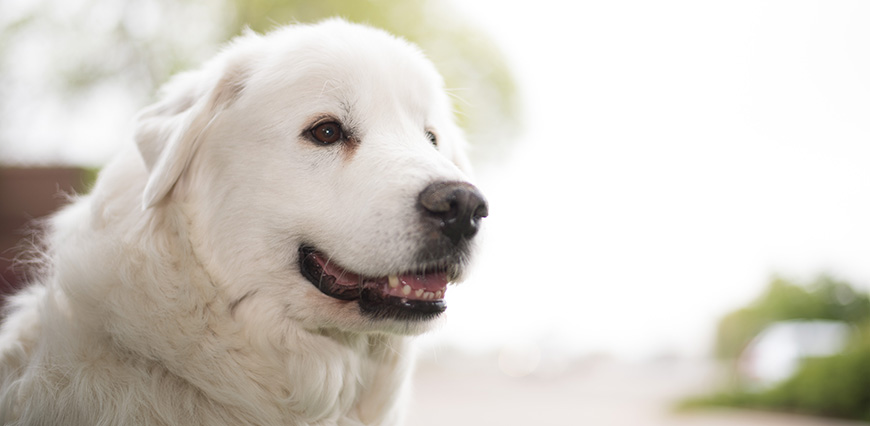
You might call Lilly a lemon. At least, her owners joke she is.
“We were four days away from our first dog show when Lilly got sick,” said Barb Mason, owner of Lilly, a 9-year-old Great Pyrenees. “We started calling her our lemon puppy.”
Today, the remarkable eight-year cancer survivor is making lemonade out of lemons.
Lilly was only 14 months old in 2009 when she first came to Colorado State University’s James L. Voss Veterinary Teaching Hospital[1] with lung issues.
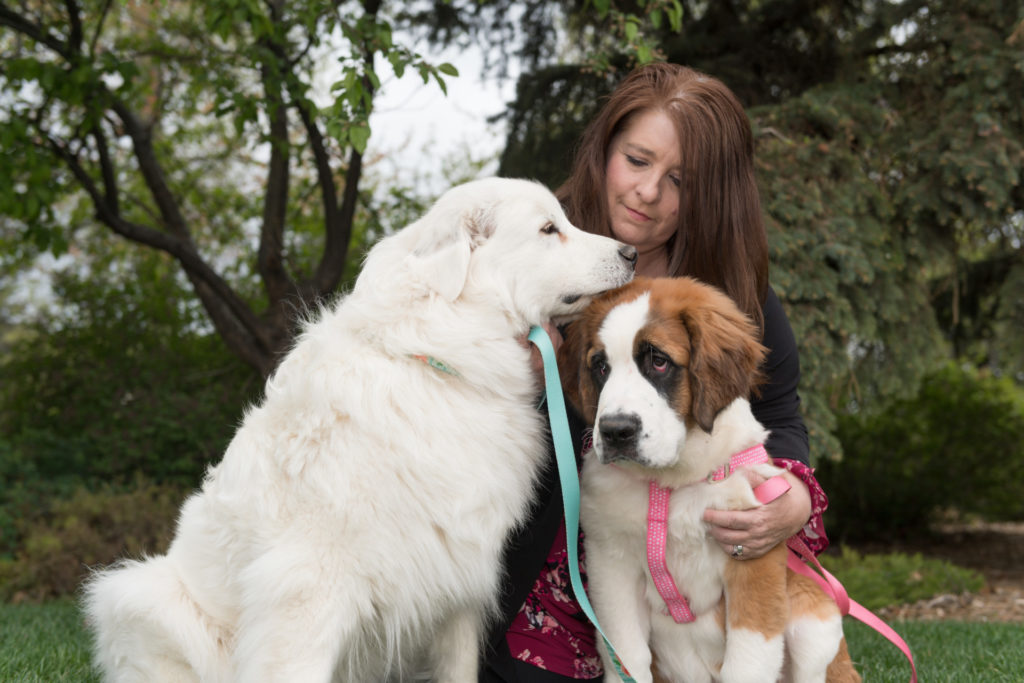 [2]
[2]The puppy had been coughing and hacking for two days when CSU veterinarians discovered she had chylothorax, a lung condition caused by abnormal fluid accumulation in the chest cavity.
Veterinarians immediately performed surgery on Lilly, removing one lung lobe.
Only weeks after surgery, Lilly began limping.
“I initially thought she might have pulled something,” said Mason, who drove Lilly back to CSU’s Veterinary Teaching Hospital from her home in Cheyenne, Wyo.
Days later, Mason was told Lilly had an aggressive bone tumor.
“I was standing at one of my horse’s stalls when I got the call,” she recalled. “(Doctors) told me Lilly had osteosarcoma.”
Barb and her husband Larry met with a CSU oncologist about Lilly’s treatment options.
“They told us she had three to four months to live if we chose palliative care, and likely a year if we chose amputation and chemo,” Mason said. “It was really hard to figure out what to do.”
But during the Masons’ second consultation at the hospital, they were struck by serendipity when a woman walked into the lobby leading a three-legged Great Pyrenees across the glossy floor.
“Her dog had osteosarcoma, too,” Mason said. “I asked her how she chose between palliative care and the amputation, and she told me she listened to her heart. She told me I had to do what I felt was right for Lilly.”
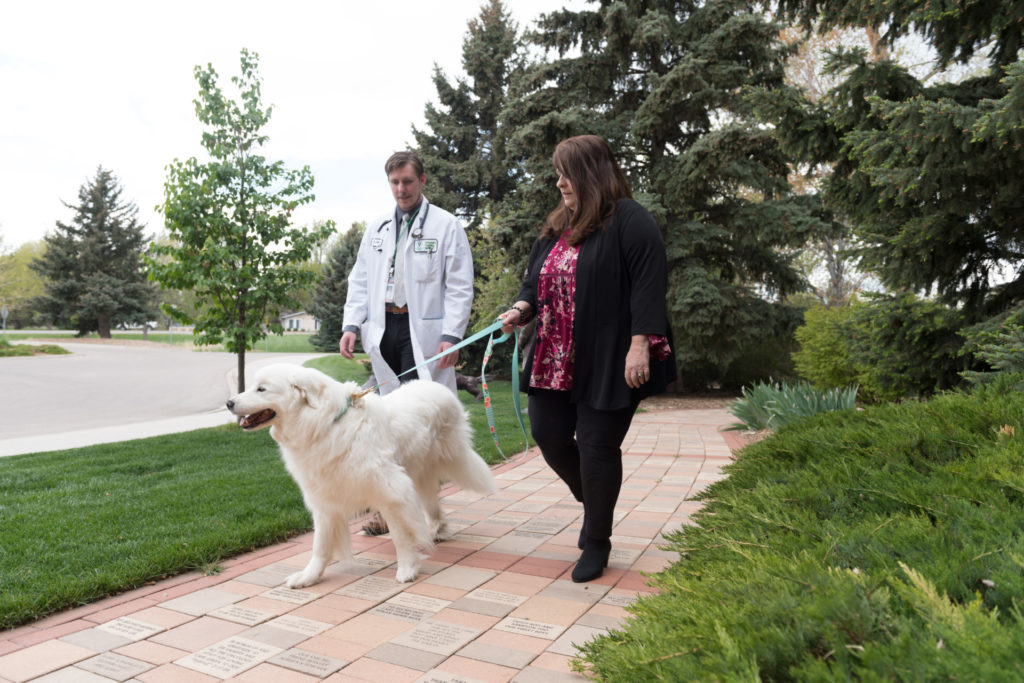 [3]
[3]The Masons brought Lilly back to CSU the next day for amputation surgery on her left hind leg, and every three weeks for six rounds of chemotherapy.
CSU’s Flint Animal Cancer Center[4] is a leader in oncology research aimed toward translating knowledge to also benefit people with cancer, and offers the latest and most advanced diagnostics and treatments in surgery, chemotherapy and radiation therapy.
“CSU sees more osteosarcoma cases annually than probably anyone else,” said CSU surgical oncologist Dr. Deanna Worley, referring to the 100 osteosarcoma cases treated at the hospital annually.
The center is world-renowned for helping develop techniques that have become a standard of care for pets and people, especially children, with bone cancer.
“We didn’t get the gold-standard treatment. It was platinum, absolutely,” Mason said.
Lucky dog
What is most remarkable about Lilly is not that she beat osteosarcoma, it is how long she has lived post-recovery.
The average survival for dogs with osteosarcoma is one year after surgery and chemotherapy. Lilly has crushed this average by eight years, becoming a miracle dog to those who know her.
“Lilly being an eight-year osteosarcoma survivor is truly amazing, and actually almost unheard of,” said Dylan Costello, a visiting veterinary student from Ross University who helped treat Lilly recently for a mass on her ear.
The longest-living osteosarcoma patient on record at CSU is 10 years.
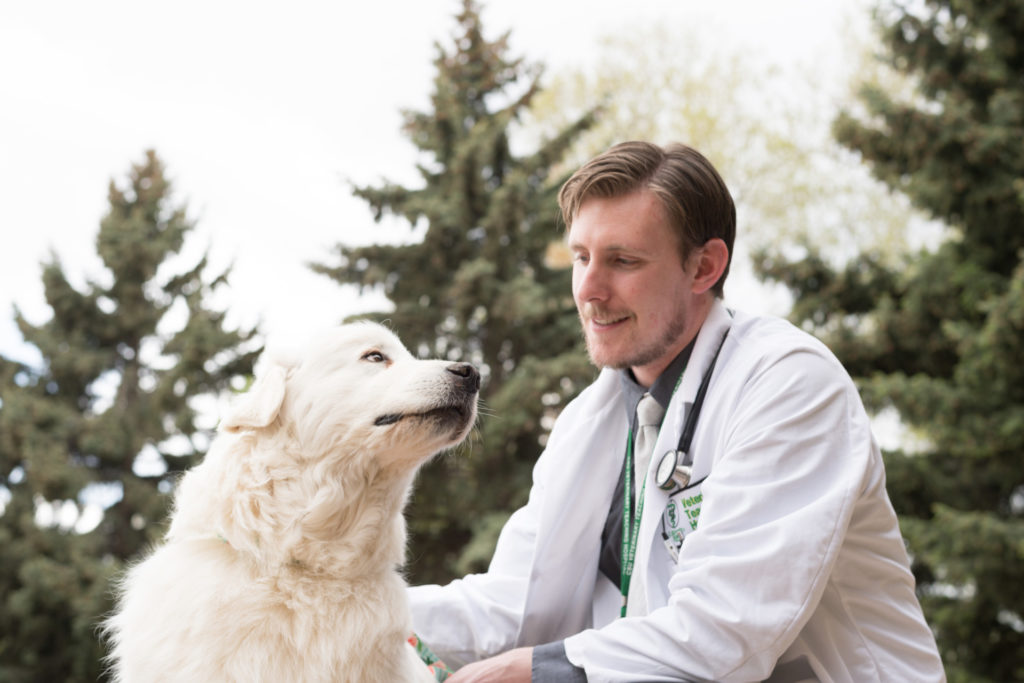 [5]
[5]CSU uses a longitudinal database to track patients’ treatment and cause of death to better understand how dogs are responding to different treatments.
“The database is rare to have. We’re trying to improve the standard of treatments,” explained Dr. Worley. “Luck is a funny word, but maybe it really is luck.”
Lilly’s luck may also be influenced by her genetics. In a current CSU study, oncologists are testing biopsy samples from the bones of patients with osteosarcoma to better predict sensitivity to standard chemotherapy drugs.
“It may be the luck of the draw in terms of the genetic background of the cancer Lilly had,” said Dr. Jacob Cawley, a CSU medical oncology resident. “The hope is that we can better predict what drugs to use in the future so there can be more dogs like her.”
The Masons attribute Lilly’s longevity to persistence, a healthy diet and CSU.
“Lilly survived because of the care and guidance provided by CSU,” Mason said. “They gave us hope.”
Lilly receives home-cooked meals each day to correspond with a low-fat diet required to treat her chest condition. The diet also helps Lilly maintain a healthy weight, vital for any dog that relies on only three legs to support its body.
“Dogs of any size do very well with amputation, and most dogs fully adapt within one-to-two weeks after surgery,” Dr. Worley said. “I would recommend any pet owner that sees lameness in their dog for longer than two weeks to go to their veterinarian to get it checked out.”
Sharing hope
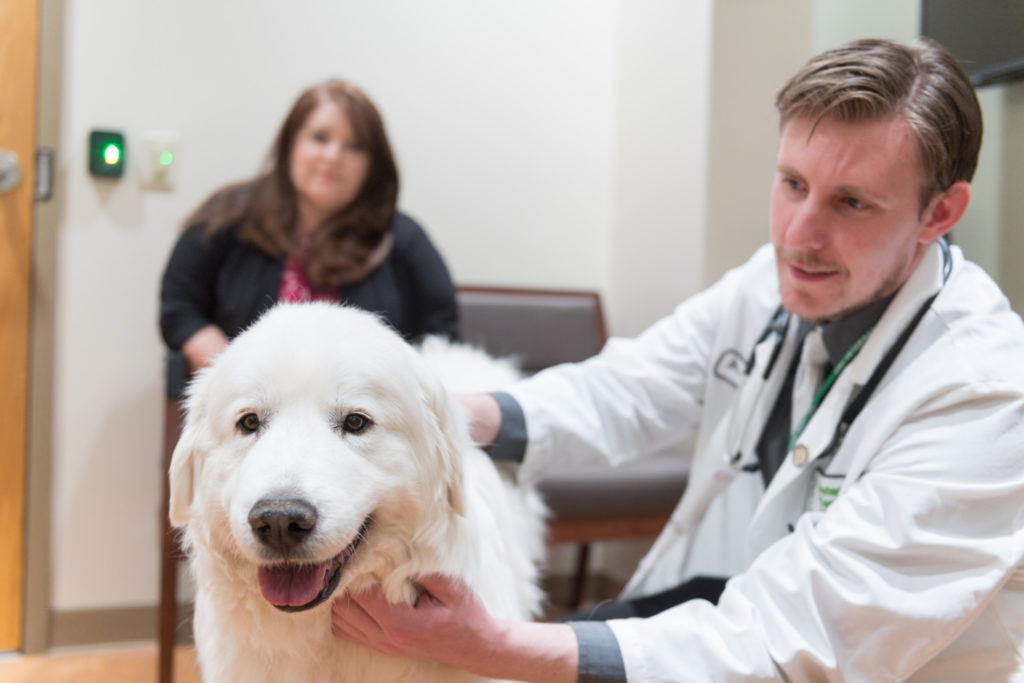 [6]
[6]The miracle dog also provides inspiration to veterinary students who helped treat her.
Critical care veterinarian and CSU faculty member Dr. Sarah Smith, who first treated Lilly as a veterinary student, took a picture of only one patient during her schooling: Lilly. She still has the photo on her phone eight years later.
“The picture reminds me that patients can beat the odds when we give them every opportunity possible,” Dr. Smith said.
Lilly also provides inspiration to other animals and humans facing cancer. She’s been on the cover of Canine Cancer Survivors magazine and featured by the Limb Preservation Foundation[7]. The Masons receive calls from all over the world asking about Lilly’s story.
Lilly (not) the lemon
The Masons are no strangers to CSU’s hospital, having had 18 horses, six dogs and a cat treated there. They even financially supported a veterinary student through schooling.
The Masons joke, “God gives us the animals that need the most medical care,” and say CSU is the reason they will always live in Cheyenne, only 50 miles from the Veterinary Teaching Hospital.
Lilly still faces health issues today with her lung condition, and had surgery on her left lung lobe almost a year after her leg amputation. She had a mass removed on her right ear in March. Regardless, the Masons do not see Lilly slowing down anytime soon.
“We call her our lemon puppy, but the truth is she isn’t,” Mason said. “She’s brought awareness about cancer, she’s taught me about persistence, and she’s given other pet owners facing similar situations hope.”
- James L. Voss Veterinary Teaching Hospital: http://csu-cvmbs.colostate.edu/vth/Pages/default.aspx
- [Image]: http://source.colostate.edu/wp-content/uploads/2017/06/08026_10243.jpg
- [Image]: http://source.colostate.edu/wp-content/uploads/2017/06/08026_10238.jpg
- Flint Animal Cancer Center: http://www.csuanimalcancercenter.org/
- [Image]: http://source.colostate.edu/wp-content/uploads/2017/06/08026_10234.jpg
- [Image]: http://source.colostate.edu/wp-content/uploads/2017/06/08026_10212.jpg
- Limb Preservation Foundation: http://limbpreservation.org/
Source URL: https://source.colostate.edu/eight-years-beating-cancer-lilly-lemon-making-lemonade-life/
Copyright ©2024 SOURCE unless otherwise noted.